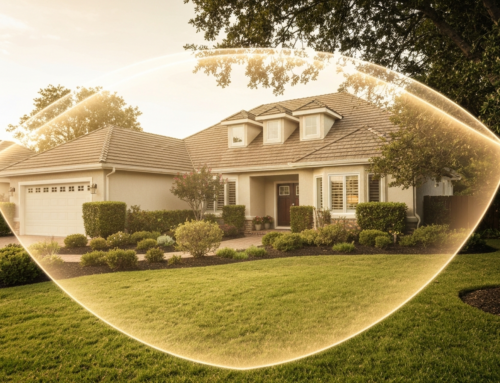Homeowners across the United States are grappling with a significant challenge: rapidly rising insurance costs. Recent data and industry reports paint a clear picture of a market under pressure, with many factors contributing to higher premiums and, in some cases, reduced coverage availability. Understanding the drivers behind these changes is crucial for homeowners looking to manage their budgets and protect their most valuable asset.
A comprehensive look at various analyses helps shed light on the complexities of the current environment. The Insurance Information Institute is a reliable source for industry trends and data that often highlight these challenges. When examining reports, a recurring theme emerges regarding the Report Findings Accelerating US Home Insurance Costs.
The Unsettling Rise of US Home Insurance Costs
For many Americans, their monthly or annual home insurance premium has become a source of sticker shock. This isn’t just an isolated issue; it’s a widespread trend affecting states differently but pointing towards a national challenge. Premiums have been increasing at rates significantly higher than general inflation in many areas. This makes essential protection less affordable for average families.
Home insurance is a vital safety net, covering damage from perils like fire, theft, and certain natural disasters. However, as the cost of this protection climbs, homeowners may find themselves underinsured or struggling to afford adequate coverage.
Understanding the Latest Report Findings
Recent analyses from various sources, including industry bodies and financial institutions, consistently point to several key trends. These reports detail the state of the property/casualty insurance market, identifying the primary forces putting upward pressure on premiums. The Report Findings Accelerating US Home Insurance Costs often highlight issues like increased claims severity, rising reinsurance costs, and the impact of climate-related events.
One common finding is that while overall industry profitability might fluctuate, the homeowners insurance line specifically has faced significant challenges due to elevated losses in recent years. This financial strain on insurers directly translates to higher costs for policyholders.
Unpacking the Factors Accelerating US Home Insurance Costs
Multiple interconnected factors are contributing to the escalation of home insurance expenses. It’s not typically one single cause but rather a confluence of issues that create a challenging market environment. Some of the most significant factors include:
- Increased frequency and severity of natural disasters.
- Rising costs of construction materials and labor for repairs.
- Supply chain issues impacting the speed and cost of repairs.
- Higher reinsurance costs for insurance companies.
- Inflation affecting property values and repair expenses.
- Increased litigation and fraudulent claims.
Each of these elements adds pressure to the system. For instance, when the cost to rebuild a home surges due to expensive materials, the amount an insurer might have to pay on a claim increases, necessitating higher premiums.
How Catastrophe Claims and Repair Expenses Drive Premiums
Major weather events like hurricanes, wildfires, floods, and severe thunderstorms lead to billions of dollars in insured losses annually. These catastrophe claims are a primary driver of rate increases, especially in vulnerable regions. Insurers must account for the potential for large payouts in their pricing models.
Beyond the frequency of events, the cost to repair damage has also spiked. This is due to factors like inflation, labor shortages in construction trades, and higher prices for building materials such as lumber, concrete, and roofing supplies. When it costs significantly more to fix a roof or rebuild a damaged wall than it did just a few years ago, premiums must rise to cover these increased potential expenses. Understanding actual cash value vs. replacement cost coverage is also critical in this environment, as replacement cost helps ensure you can fully rebuild.
Geographic Trends and Regional Impact on Rates
While premium increases are a national trend, the severity varies significantly by location. Areas prone to specific types of disasters often see the most dramatic rate hikes and availability issues. For example:
- Coastal regions face higher costs due to hurricane and flood risk.
- Western states may see premiums jump due to wildfire exposure.
- States in Tornado Alley experience fluctuations based on severe thunderstorm activity.
- Even areas not traditionally known for severe weather are seeing increases due to unpredictable climate patterns.
This regional disparity means homeowners in high-risk zones must navigate a particularly challenging market. Some insurers may even limit coverage or cease writing new policies in the most vulnerable areas, leading to homeowners insurance availability issues.
What Rising Home Insurance Costs Mean for Homeowners
The most immediate impact for homeowners is, of course, higher monthly or annual expenses. This can strain household budgets, especially for those on fixed incomes. Beyond the direct cost, rising premiums can also lead to:
- Increased cancellations and nonrenewals, leaving homeowners scrambling for alternative coverage, often at much higher prices.
- The need to consider higher deductibles to keep premiums down, meaning homeowners bear more of the cost in the event of a claim.
- Difficulty selling homes in high-risk areas if insurance is prohibitively expensive or hard to find.
Essentially, homeowners are facing a market where essential protection is becoming both more expensive and potentially harder to obtain.
Navigating the Changing Insurance Landscape
The current market requires homeowners to be proactive. The days of simply renewing a policy without question may be over for many. It’s essential to understand the specifics of your policy, including coverage limits, deductibles (especially separate windstorm or hurricane deductibles), and any exclusions.
Policies may also be changing in their terms or conditions upon renewal, reflecting the increased risk environment. For example, some policies might introduce new exclusions or alter how certain types of damage are covered. Staying informed about these changes is crucial for maintaining adequate protection. Sometimes, getting dropped by an insurer means navigating finding home insurance after dropped.
Strategies for Managing Higher Home Insurance Bills
Facing higher premiums isn’t ideal, but there are steps homeowners can take to potentially mitigate the impact and ensure they still have necessary coverage:
- Shop Around: Don’t accept a significant increase without getting quotes from other insurers. An independent agent can do this for you, comparing options from multiple companies.
- Review Your Coverage: Ensure your coverage limits are still appropriate for your home’s value and the cost of rebuilding. Avoid being underinsured, but also don’t pay for coverage you don’t need. Understanding the coinsurance requirement in your homeowners insurance policy is also important.
- Increase Deductibles: Opting for a higher deductible can lower your premium, but make sure you can comfortably afford that amount out-of-pocket if you have to file a claim.
- Bundle Policies: Many insurers offer discounts if you bundle your home and auto insurance policies. You can potentially unlock big savings by bundling.
- Improve Home Fortifications: Making your home more resistant to common perils, such as installing storm shutters or upgrading your roof with impact-resistant materials, could qualify you for discounts.
- Maintain Your Home: Regular maintenance, like checking for plumbing leaks or ensuring proper drainage, can prevent costly claims down the line. Here are 6 vital homeowner maintenance tips to prevent costly damage.
- Ask About Discounts: Inquire about all available discounts, such as those for security systems, fire sprinklers, or being claims-free.
While the trend of Report Findings Accelerating US Home Insurance Costs may continue in the short term, actively managing your policy and exploring options can help you secure the best possible rate and coverage for your needs. Consult with an insurance professional to discuss your specific situation and explore strategies tailored to your location and home.
For more information on managing insurance costs, you can also review resources from consumer protection agencies or financial literacy websites that discuss budgeting for homeownership expenses like insurance.
Have questions? Contact us here.






